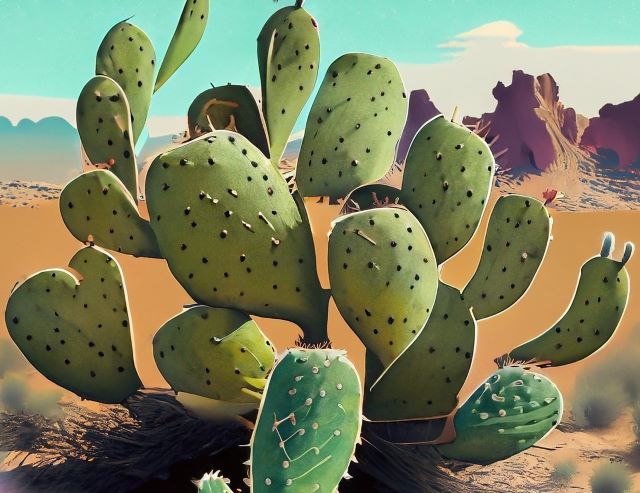The Nopal Cactus: A Divine Gift and Cultural Treasure
Discover the nopal cactus, a divine gift revered for centuries for its culinary, medicinal, and cultural significance. Uncover the plant's rich history, nutritional benefits, and its role as a symbol of protection and resilience in modern times.





